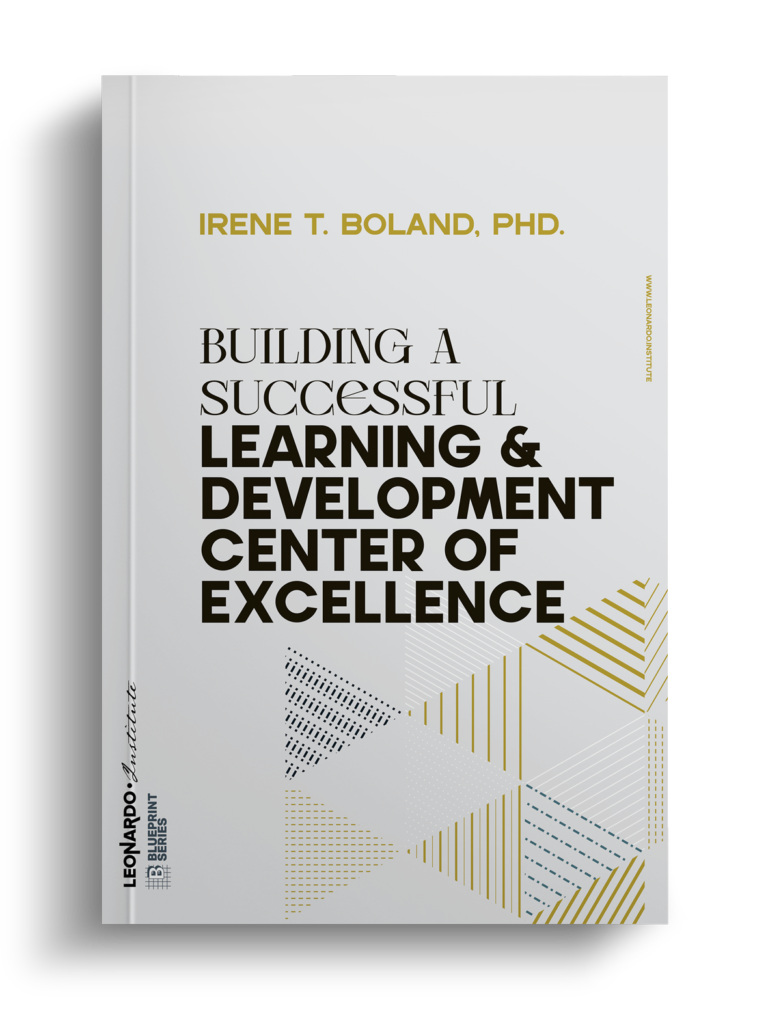A capability model is like a roadmap that shows all the skills and knowledge someone needs to become really talented in their job. Companies create these models to help employees improve their abilities over time and develop the right mix of skills to be successful. Capability models are an important tool to empower people to reach their full potential at work.
What’s in a capability model?
The model lists out different categories of skills and expertise that align to the company’s overall goals and strategy. For example, common categories are “Communication Skills,” “Digital Skills,” “Business Acumen,” and “People Management Skills.” Grouping skills into these high-level areas helps organize the hundreds of specific skills needed across the company into logical domains based on related capabilities.
Fully embedding capability models allows organizations to move from ad hoc people management to highly strategic talent development capable of executing business objectives.
Each skill category includes detailed descriptions of:
The Knowledge Needed: This explains what knowledge and understanding employees need to build in order to develop skills in this area. The knowledge requirements aim to provide clarity on the breadth and depth of expertise required to fully master each capability. Knowledge encompasses things like:
- Technical knowledge directly related to performing the skill, like learning coding languages for programming skills.
- Background knowledge that enables deeper application of the skill, like understanding industry trends for a marketing skill.
- Experience-based knowledge accumulated through practicing the skill on the job.
- Factual and theoretical expertise about the broader skill area.
- Meta-cognitive knowledge about your own strengths and areas for growth related to the skill.
Measurable Skills: The model breaks down each high-level capability into very specific, measurable skills you can observe someone actually doing. Instead of just “communication skills,” it may list skills like “writes clear emails tailored to audience needs” or “gives effective presentations using storytelling techniques.” This makes the capabilities actionable by defining them with observable, measurable behaviors and outcomes.
Proficiency Levels: Within each capability area, the skills are further differentiated into multiple proficiency levels, like “beginner,” “intermediate,” “advanced,” and “expert.” This accounts for the depth of capabilities needed for specific job grades or career stages. For example, entry level employees may require basic skills, while senior leaders need advanced capabilities. Proficiency levels allow employees to benchmark their current abilities and create a development continuum to guide advancement.
Visual Maps: Capability models bring the components together into intuitive visual maps, matrices, charts and roadmaps. These tools capture the relationships between the capability categories, proficiency levels, required knowledge and measurable skills in interactive frameworks. Visually mapping out capability models makes it easier to communicate the model across the organization.
Benefits of Using Capability Models
Capability models offer many benefits for managing talent development:
Career Development Roadmap: The models give employees a clear developmental roadmap, showing exactly which knowledge and skills to build at each career stage. This empowers people to own their continuous growth.
Skill Standards: They establish clear standards for what “good” looks like for key skills. This makes expectations consistent across the organization.
Structured Onboarding: Capability models facilitate structured onboarding of new hires by defining capabilities for each role. This clarifies the skills needed to ramp up and succeed.
Targeted Learning: Models enable highly targeted learning interventions tied to attaining specific capabilities. This increases the ROI of training.
Skill Assessment: Managers can use models to accurately assess current team capabilities and gaps to address through projects, coaching or training.
Succession Planning: Models identify successor readiness by benchmarking employees’ current capabilities against those required for advancement.
Promotion Criteria: They establish transparent, consistent criteria for promotions by linking capabilities to job levels.
Talent Mobility: Modeling skills enterprise-wide provides visibility into transferable skills between roles, enabling mobility.
By standardizing the way organizations understand, develop and deploy workforce capabilities, these models create a foundation for strategic talent management practices.
Bringing Capability Models to Life
While powerful on paper, capability models only deliver results when brought to life consistently across an organization’s people practices. Here are ways that organizations use a capability model:
- Models inform job architecture and leveling to intentionally design roles.
- They are integrated into hiring profiles to select for strategic capabilities.
- Onboarding and training programs align to build defined capabilities.
- Models guide continuous performance development conversations.
- Capabilities are incorporated into 360 reviews and self-assessments.
- Promotions and mobility decisions reference required capabilities.
- Learning content and recommendations map to capability development.
- Succession planning and long-term workforce planning leverage models.
Fully embedding capability models allows organizations to move from ad hoc people management to highly strategic talent development capable of executing business objectives.
Mapping out what it takes to be great, capability models give people a clear line of sight to unleash their potential. They empower employees at all levels with the roadmap to ramp up skills, expand their contribution, and continually elevate performance over the course of their careers.


